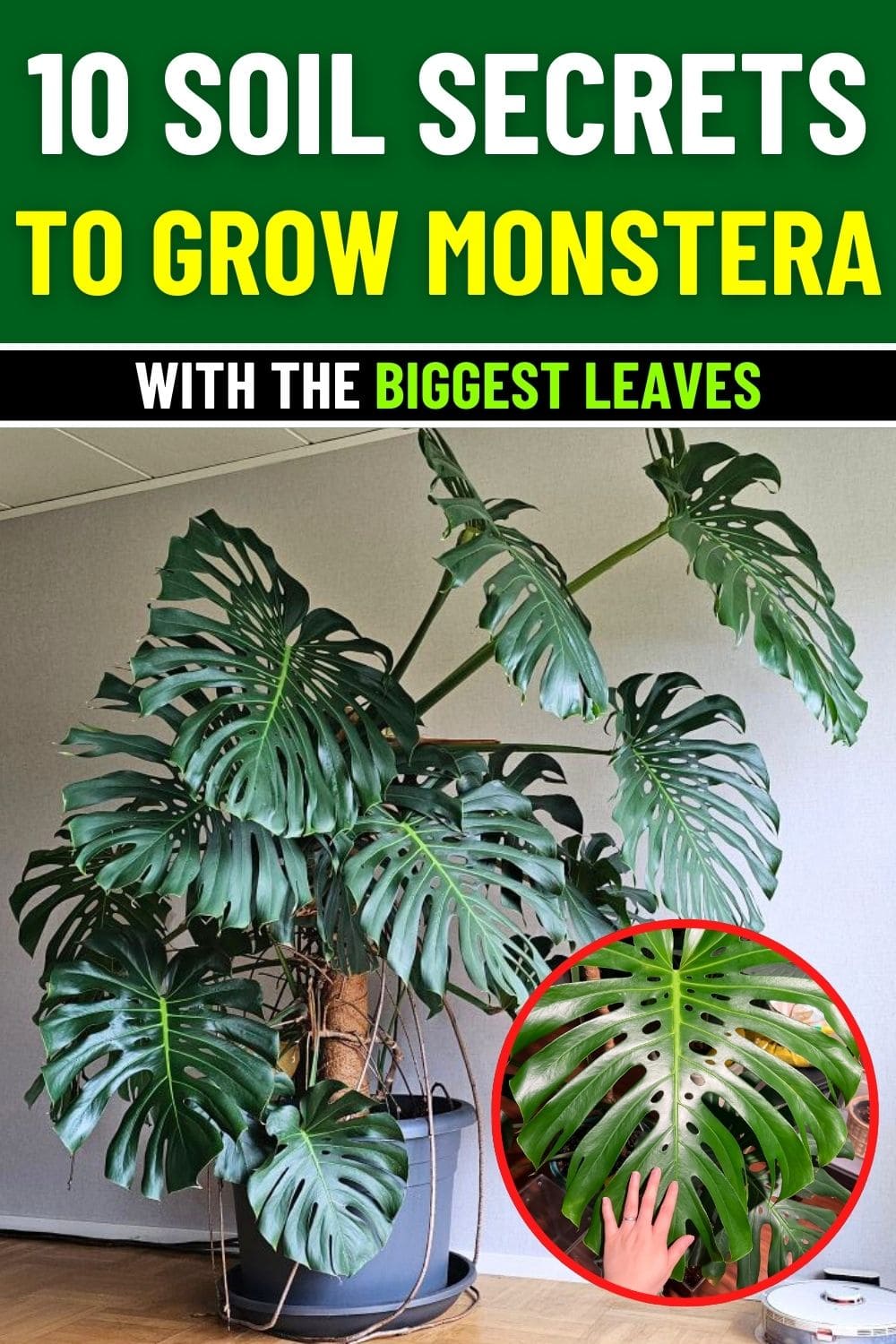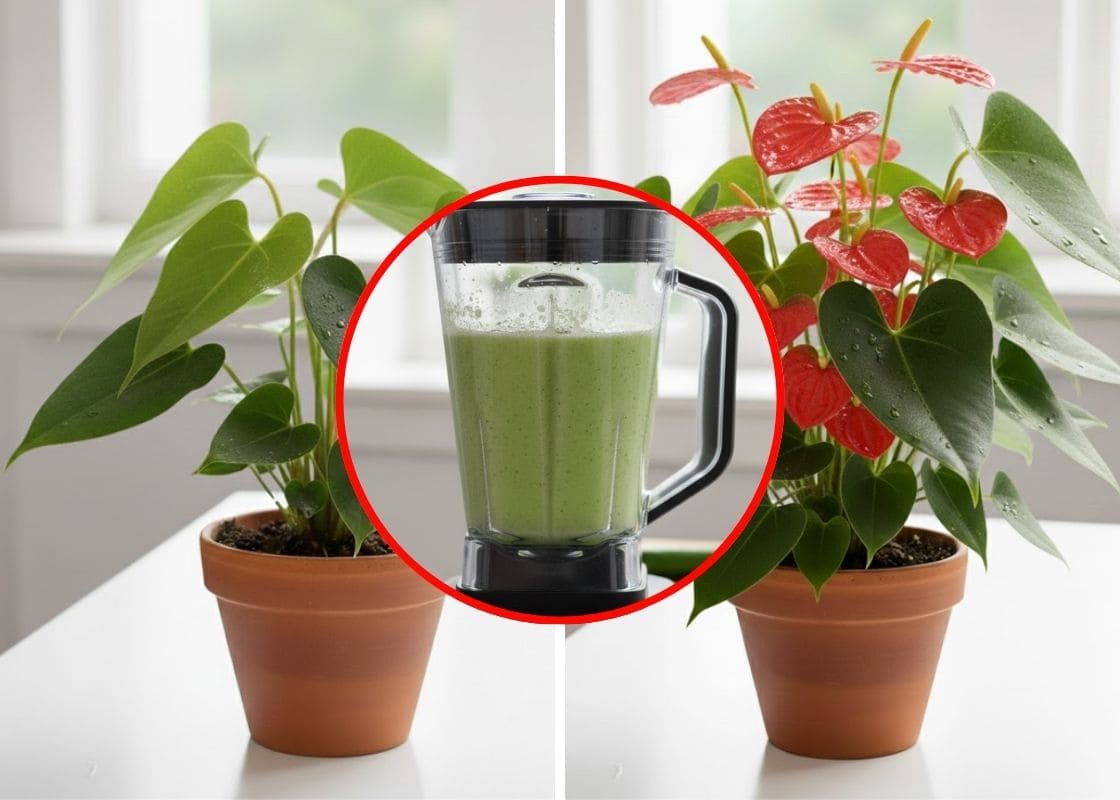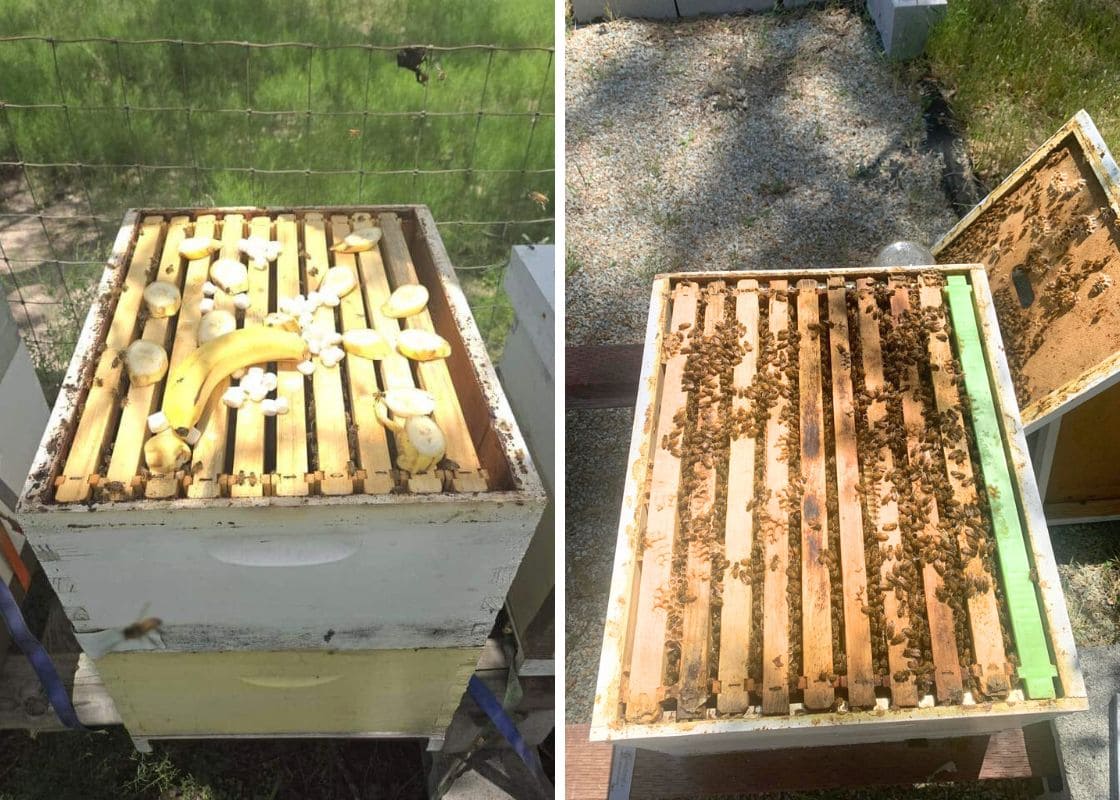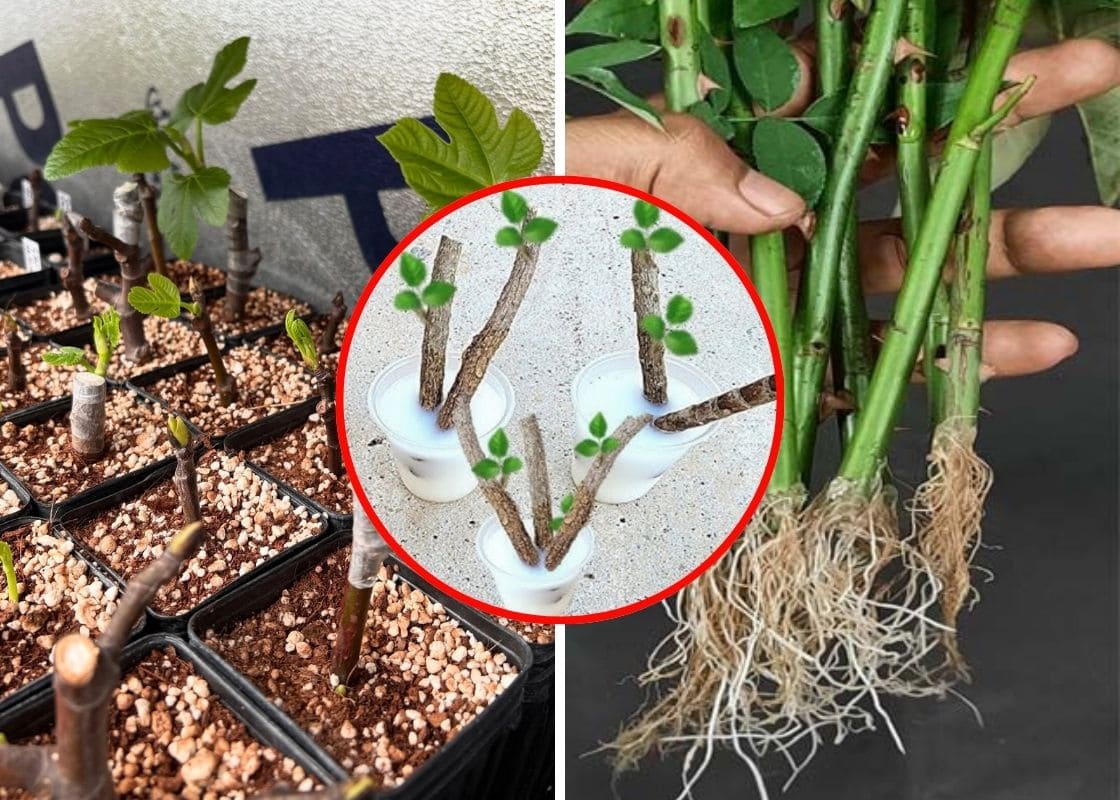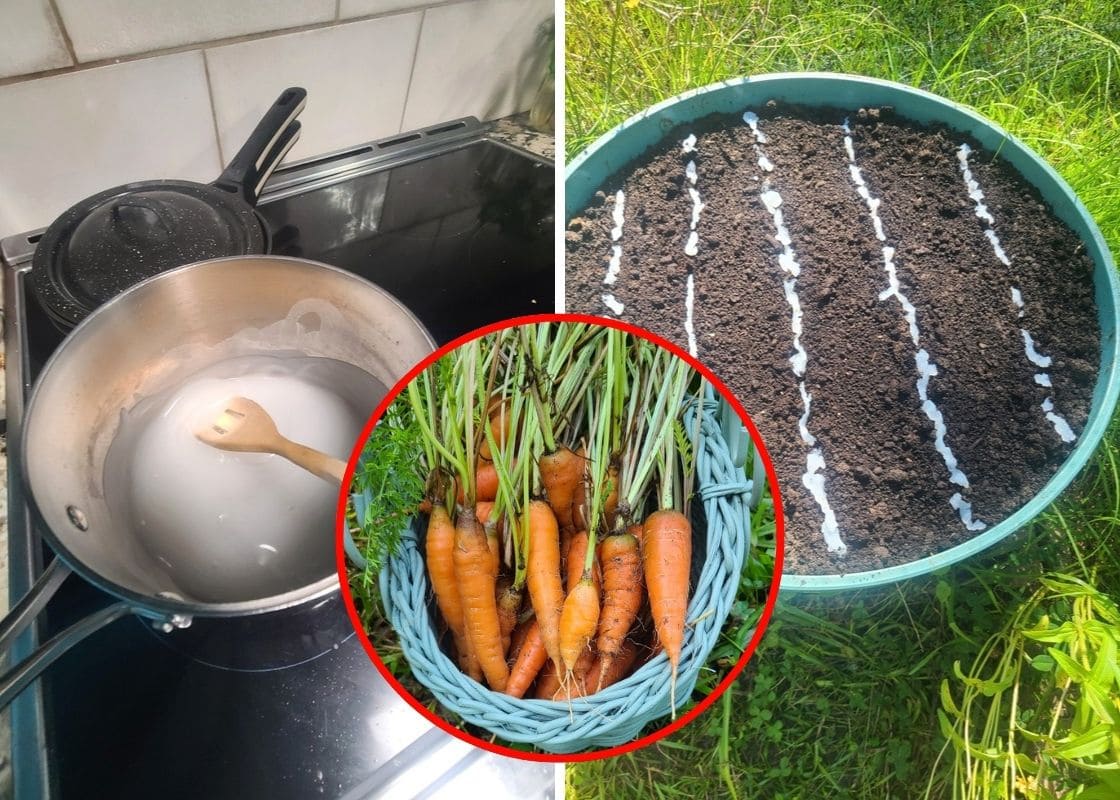If you’ve ever admired a Monstera with massive, split leaves and wondered why yours stays smaller, the secret might not be just light or water, it often starts in the soil.
In the wild, Monsteras root into rich, loose jungle ground made of decaying leaves, moss, and wood. That environment gives them the perfect balance of nutrients, moisture, and airflow.
In pots, they depend entirely on what you provide.
By building the right soil mix and adding a few key boosters, you can encourage your Monstera to reach its full, dramatic potential.
Why Soil Matters for Monstera

Monsteras are natural climbers with aerial roots designed to grab onto trees and draw in both moisture and nutrients.
Their underground roots aren’t built for heavy, compact soil. Instead, they thrive in chunky, airy mixes that drain well while holding just enough water.
A healthy root system means your plant can push out bigger, stronger leaves with deep fenestrations.
10 Soil Additions for Bigger Monstera Leaves
1. Compost and Worm Castings
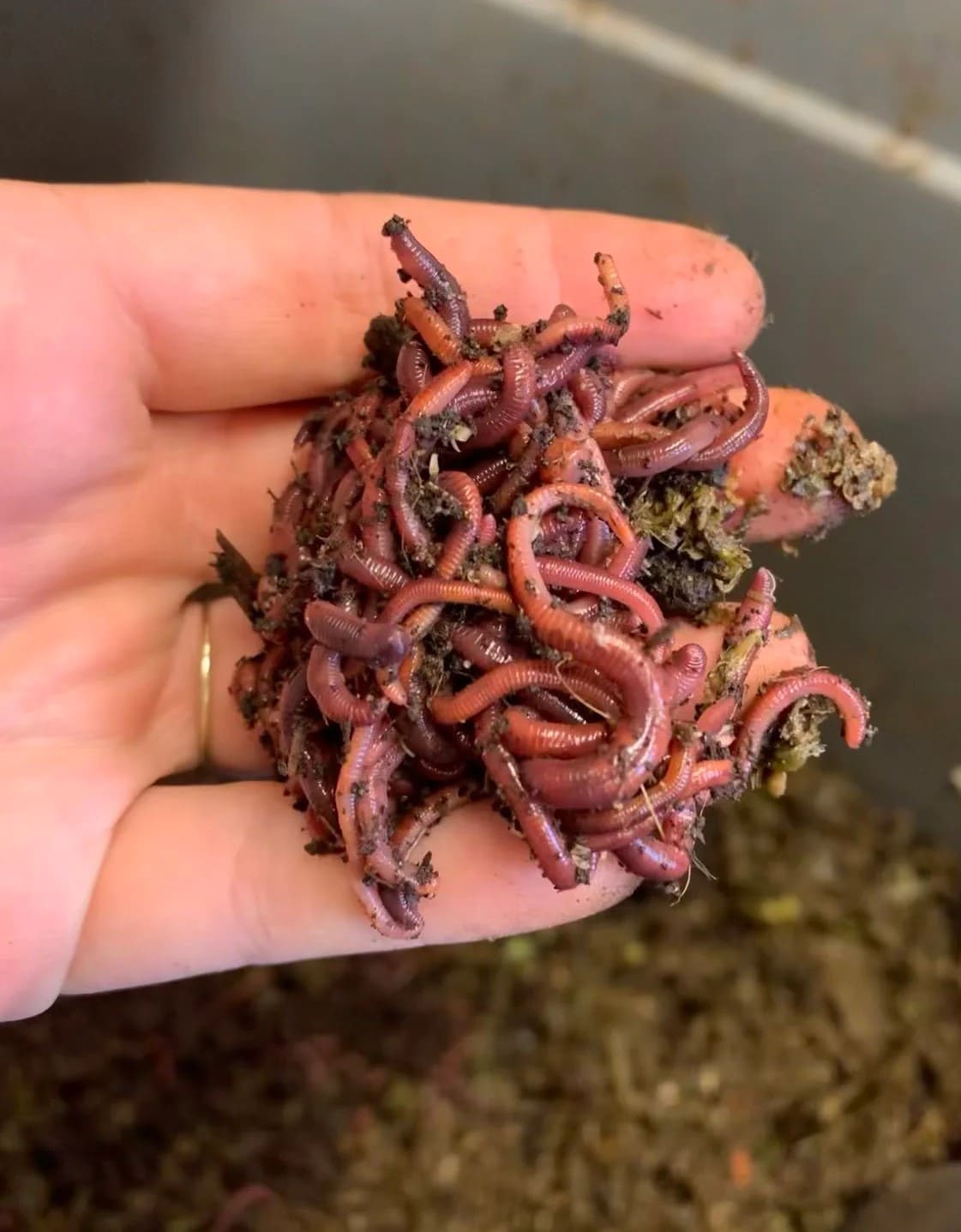
Compost is a natural powerhouse, full of nutrients that release slowly and feed your Monstera over time.
Worm castings take this a step further as they’re gentle, pH-balanced, and packed with beneficial microbes that help roots absorb nutrients more efficiently.
Just a couple of handfuls mixed into your potting mix will give your Monstera a long-lasting nutritional base, encouraging glossy, well-structured leaves.
2. Perlite, Pumice, and Bark
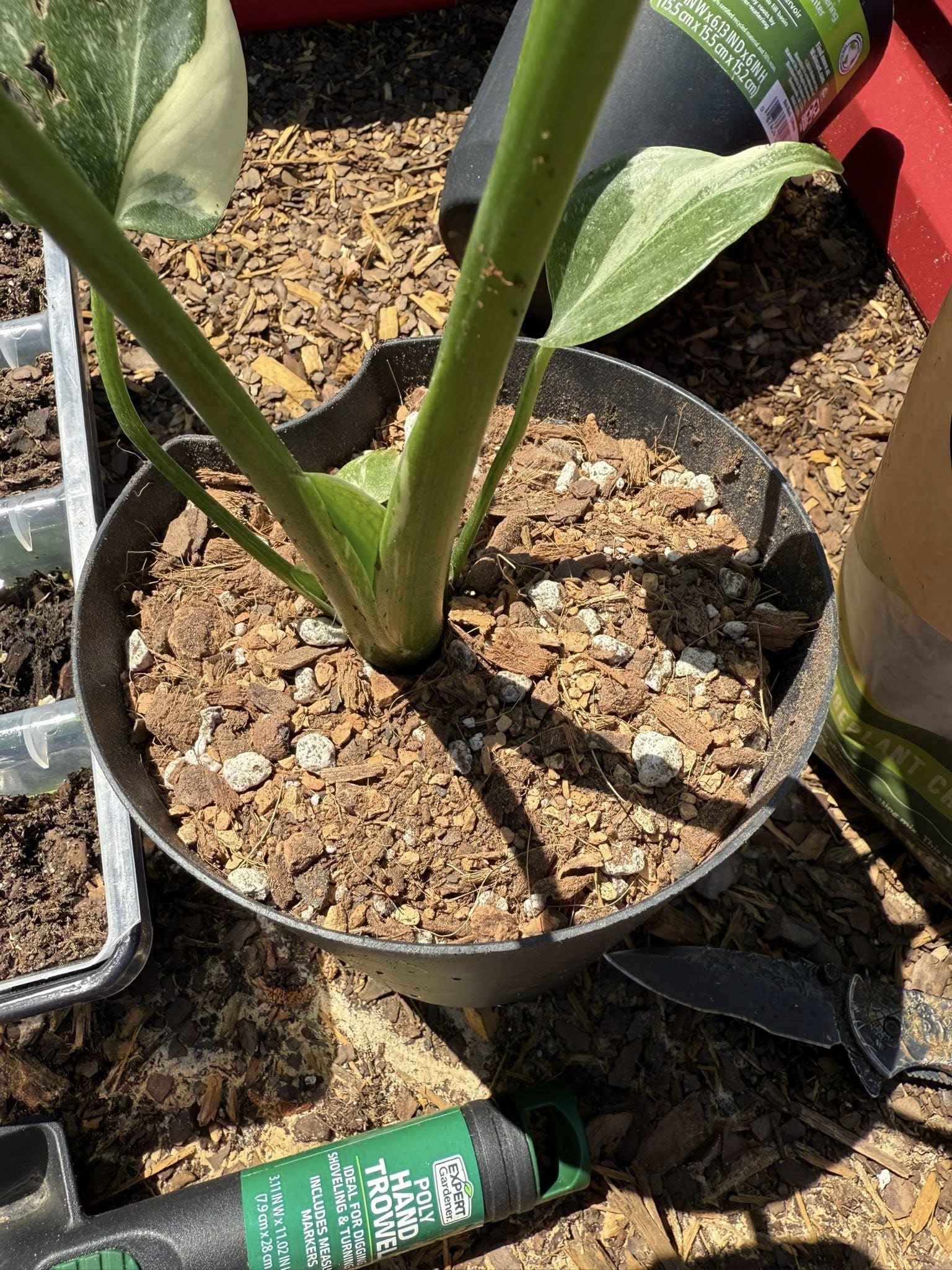
Big leaves can’t form without a strong root system, and roots need oxygen. Perlite and pumice are lightweight amendments that create little air pockets in the soil.
Besides, orchid bark or coconut husk chips add chunkiness, mimicking the forest debris Monsteras naturally grow in.
This combination prevents soggy roots, improves drainage, and gives roots the strength to push upward into larger foliage.
3. Calcium and Rock Dust
Without enough calcium, leaves may grow thin, weak, or curl at the edges.
Adding crushed eggshells, dolomitic lime, or rock dust introduces calcium along with trace minerals like iron, zinc, and magnesium.
These trace elements support deep green coloring and keep your Monstera from developing pale, lackluster leaves.
You can mix small amounts into the soil or sprinkle on top when repotting.
4. Organic Boosters
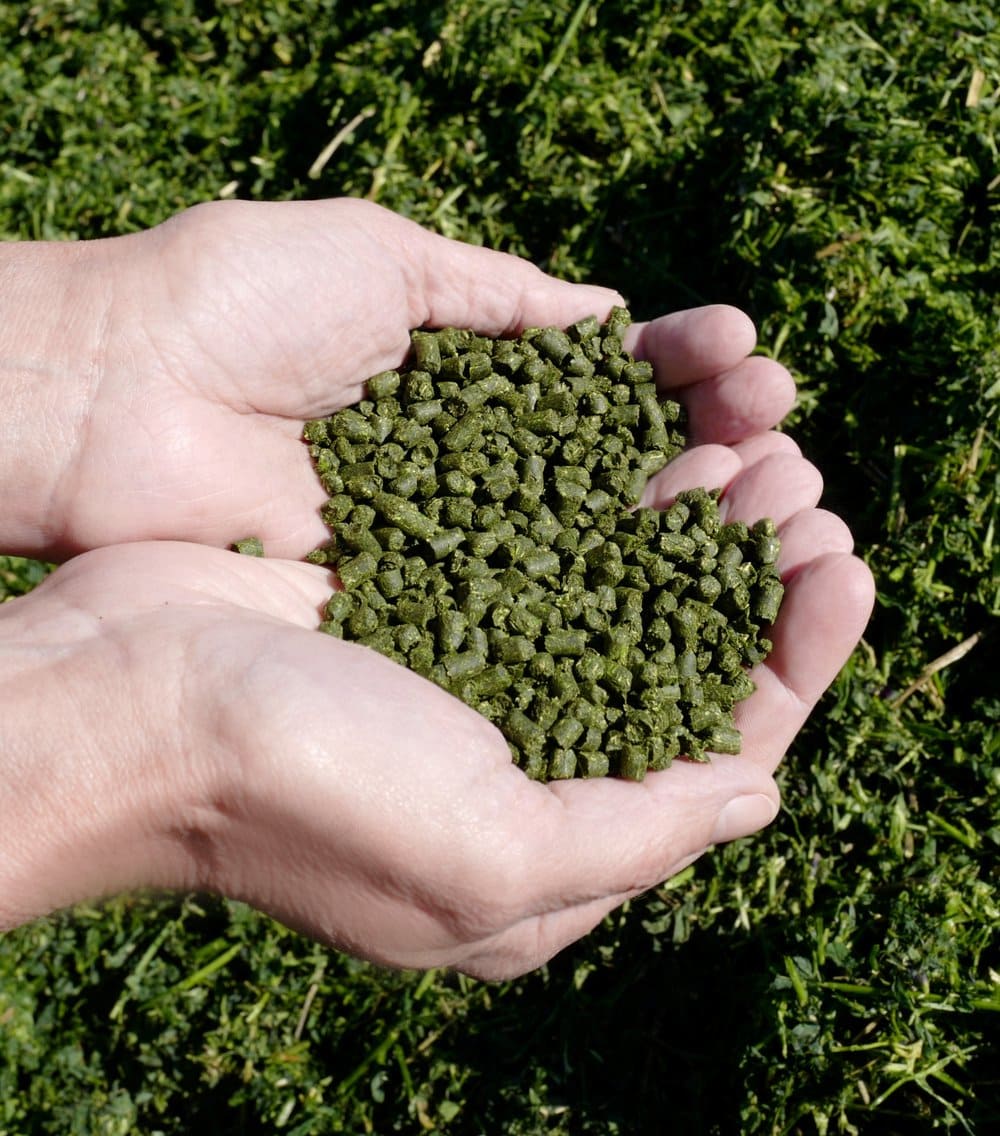
Natural amendments like bat guano, bone meal, and alfalfa meal give your Monstera extra fuel.
Bat guano is rich in nitrogen, perfect for stimulating leafy growth. Bone meal delivers phosphorus and calcium, strengthening roots and supporting long-term health.
Alfalfa meal is especially interesting as it contains a natural growth hormone called triacontanol, which has been shown to encourage larger leaves and sturdier stems.
Because these boosters are potent, use them sparingly, blending small amounts into your soil rather than applying directly to roots.
5. Biochar and Humus
Think of biochar as a sponge that holds onto nutrients and water while providing a home for beneficial microbes.
It improves soil structure and reduces the risk of nutrients leaching out with every watering.
Humus, or well-rotted organic matter, works alongside biochar by enriching the soil with natural compounds that promote healthy microbial activity.
This living soil environment helps your Monstera make the most of every drop of fertilizer and water you provide, fueling leaf expansion.
6. Coco Coir and Sphagnum Moss

Coco coir is an excellent base because it holds water well but doesn’t compact like peat moss. It gives your soil the ability to stay damp without drowning the roots.
Adding strands of sphagnum moss either mixed into the soil or around a moss pole creates an environment where aerial roots can grab hold and drink up extra moisture.
Once those aerial roots are active, your Monstera often responds by producing larger, fenestrated leaves.
7. Molasses and Seaweed
A diluted feed of unsulfured blackstrap molasses every few months provides a carbohydrate source that energizes beneficial bacteria and fungi.
Also, seaweed extract, either in liquid or powdered form, supplies potassium and natural growth hormones like cytokinins.
These hormones encourage strong cell development, which translates into faster growth and bigger leaves.
8. Green Sand
Green sand is a mineral amendment mined from ancient ocean floors, rich in potassium, iron, and dozens of micronutrients.
Unlike synthetic fertilizers, it releases nutrients very slowly, improving soil fertility over the long term.
Potassium in particular is important for strong stems and leaf expansion, while iron boosts chlorophyll production, deepening your Monstera’s green color.
Mixing a handful into the soil at repotting time ensures your plant has a steady mineral reserve to draw from.
9. Mycorrhizal Fungi
Adding mycorrhizal inoculants to your soil connects your Monstera’s roots to a hidden underground network.
These fungi form a symbiotic relationship with roots, extending their reach and helping them absorb water and nutrients that would otherwise be out of reach.
With a stronger root system, your Monstera can direct more energy into growing impressive, oversized leaves.
You can buy mycorrhizal powders or granules and sprinkle them onto roots during repotting for the best results.
10. Slow-Release Fertilizer Spikes
While organic matter and minerals provide long-term support, slow-release fertilizer spikes add consistency.
They contain balanced nutrients (nitrogen, phosphorus, and potassium) in a form that releases gradually every time you water.
This ensures your Monstera always has access to food without overwhelming it with sudden doses.
Spikes are particularly useful if you don’t want to fuss with liquid fertilizers too often.
A Sample Soil Recipe
Try this mix as a base and adjust for your climate:
- 35% coco coir or potting soil
- 20% orchid bark
- 15% perlite or pumice
- 10% compost or worm castings
- 10% leaf mold or humus
- 5% biochar and rock dust
- 5% extras like slow-release fertilizer, eggshells, or green sand
Beyond Soil: Environment Still Matters
Even the richest soil won’t give you giant leaves without the right environment.
Bright, indirect light is essential, as is humidity above 50%.
Plus, give your Monstera something to climb, like a moss pole, so it can use its aerial roots.
Finally, wipe dust off leaves so they can absorb maximum light, and fertilize lightly during the growing season to complement the nutrients in the soil.
